Effective Lower Back Pain & Sciatica Relief Techniques
Discover natural remedies for lower back pain and sciatica relief. Explore effective treatment options to alleviate back pain and improve your quality of life.
PHYSICAL PERFORMANCE & RECOVERY
11/17/20243 min read
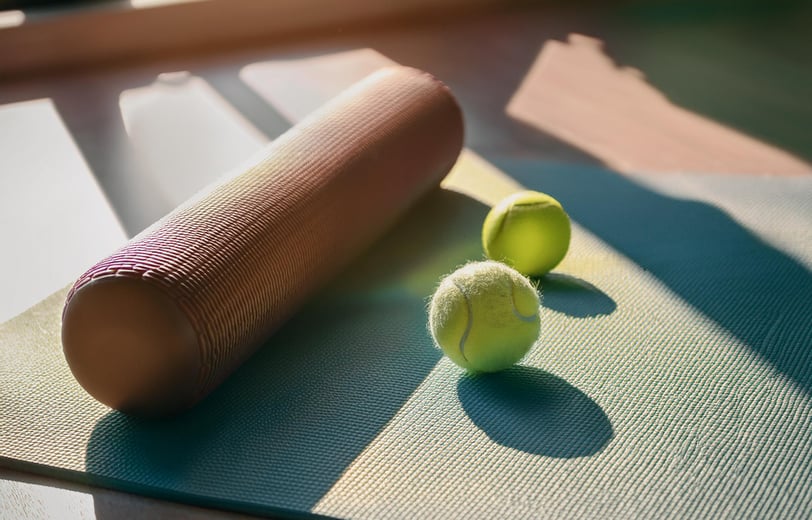

Understanding Lower Back Pain: Causes and Risks
Lower back pain is a prevalent issue that affects millions of individuals worldwide, with various origins and contributing factors. One of the most common causes is muscle strain, which often occurs due to prolonged sitting, improper lifting techniques, repetitive motions, or sudden awkward movements. This strain can lead to muscle fatigue and discomfort, necessitating awareness of body mechanics when performing daily tasks.
Another significant contributor to lower back pain is herniated discs. This condition occurs when the soft material within a spinal disc pushes out through a tear in the tougher outer layer. It can lead to nerve compression, resulting in pain that may radiate down the legs or buttocks. Understanding this condition is essential as it underscores the importance of maintaining a healthy spine through proper posture and core strengthening exercises.
Poor posture is a crucial risk factor for lower back discomfort. Prolonged periods of sitting or standing with improper alignment places undue stress on the spine and surrounding muscles. This stress can gradually lead to chronic pain if not addressed. Thus, it is vital to develop habits that encourage a neutral spine position, particularly during activities such as working at a desk or lifting objects.
Certain risk factors heighten susceptibility to lower back pain. Age is significant, as the spine experiences natural wear and tear over time. Occupations that involve heavy lifting or prolonged sitting also contribute to the likelihood of developing back pain. Additionally, lifestyle choices such as obesity, lack of exercise, and smoking can adversely affect spinal health. By recognizing these risks, individuals can take proactive steps to mitigate them and safeguard their lower back health.
Foam Rolling and Tennis Ball Techniques: Self-Massage for Relief Lower Back Pain
Incorporating self-massage techniques such as foam rolling and the use of a tennis ball can significantly alleviate tension in the lower back muscles. Self-myofascial release is a technique aimed at relieving muscle tightness and improving blood circulation. It achieves this by applying pressure to specific points in the muscles, which promotes relaxation and improves movement. Understanding the practical application of these techniques can enhance your ability to manage discomfort in the lumbar region.
To begin with foam rolling, select a high-density foam roller. Position the roller on a yogamat or floor and lie down on your back, placing it under the glutes area( buttocks). Start by gently rolling your body back and forth for about 30 seconds to one minute, allowing the foam roller to target tight spots in the muscle tissue. It is advisable to concentrate on areas that feel particularly sore. A careful approach helps avoid excess pressure that could exacerbate discomfort. This technique not only helps release muscle knots but also increases flexibility and range of motion.
An alternative method involves using a tennis ball, golf ball or any ball which provides a more targeted approach to self-massage. Begin by sitting on the floor with your knees bent and feet flat. Place a tennis ball under your lower back, specifically on the areas that feel tense. Gently lean into the ball, allowing your body weight to apply pressure. Control your movements by shifting your body slightly to find relief in different muscle fibers. This method aids in breaking down knots and improves circulation in the targeted area. Incorporating these techniques into a regular routine, ideally before or after physical activity, can contribute significantly to the management of lower back pain.
If you cannot lie, stand and place the ball between the wall and you body area that you would like to relax. Either press that area against the ball or roll the affected area over it.
The same techniques can be used for neck and sholder pain by rolling the painful areas against the ball.
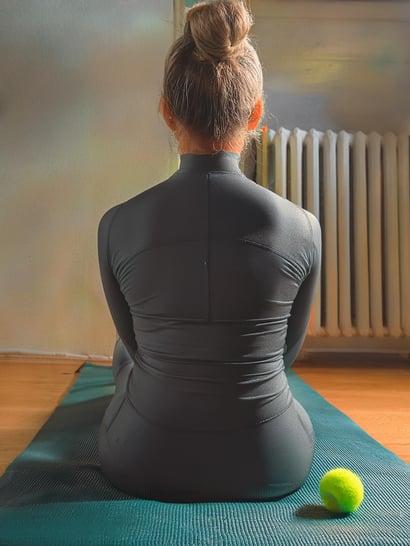
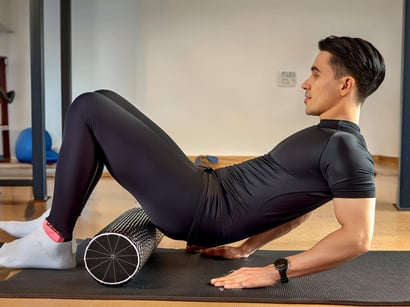
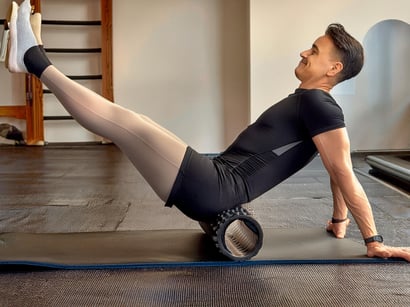
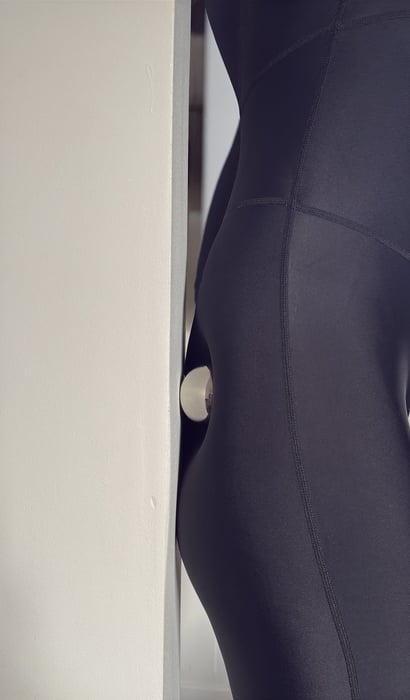

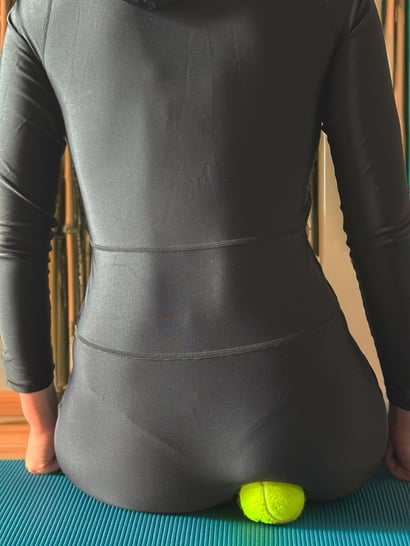


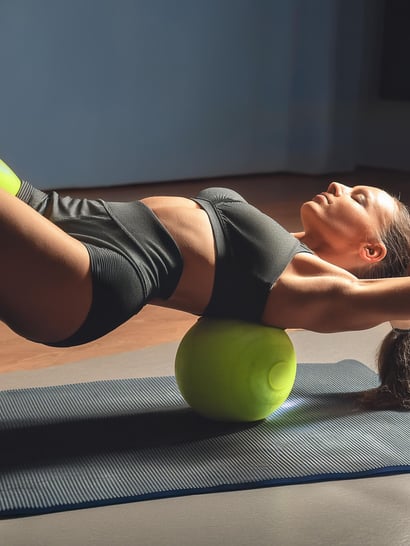









Other useful accessories
A Backboard Stretch or a Multi-Level Spine Stretcher for Relaxation, Posture Corrector, Decompression and Pain Relief for Neck, Back, Shoulders and Sciatica
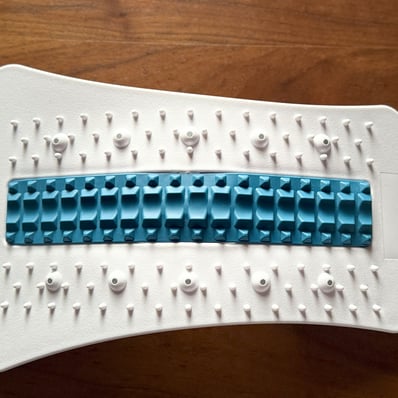
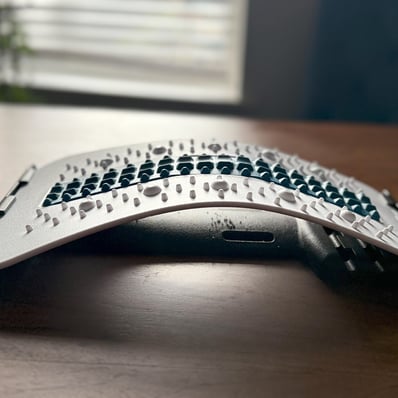
Yoga Block to use it when sitting and support your spine
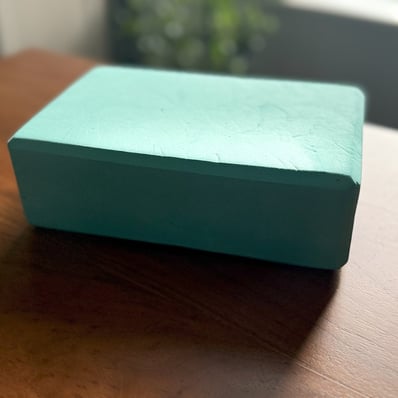

Disclaimer: Always seek the advice of a qualified professional before implementing any new practices or treatments discussed on this site. The information on this article is not a medical advice!
Yoga ball to replace the chair and train your back muscles to support your spine.
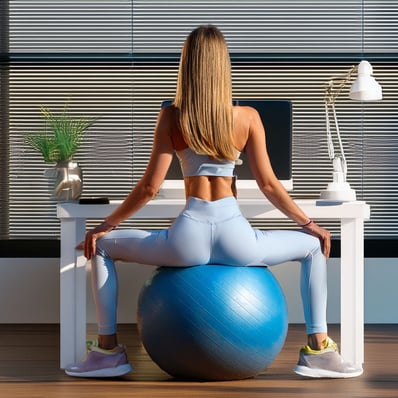
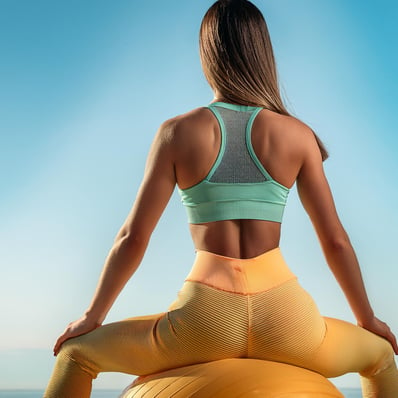
Optimize Your Health with Cutting-Edge Biohacking Research and Tech Wearable
© 2024. All rights reserved.
The content on this website is intended for informational purposes only and should not be considered as professional advice. It is not a substitute for personalized medical, nutritional, or fitness guidance. Please do not make any changes to your lifestyle, diet, or exercise routine based on the information provided here without first consulting with your healthcare provider. Always seek the advice of a qualified professional before implementing any new practices or treatments discussed on this site. Your health and safety are our top priority.


